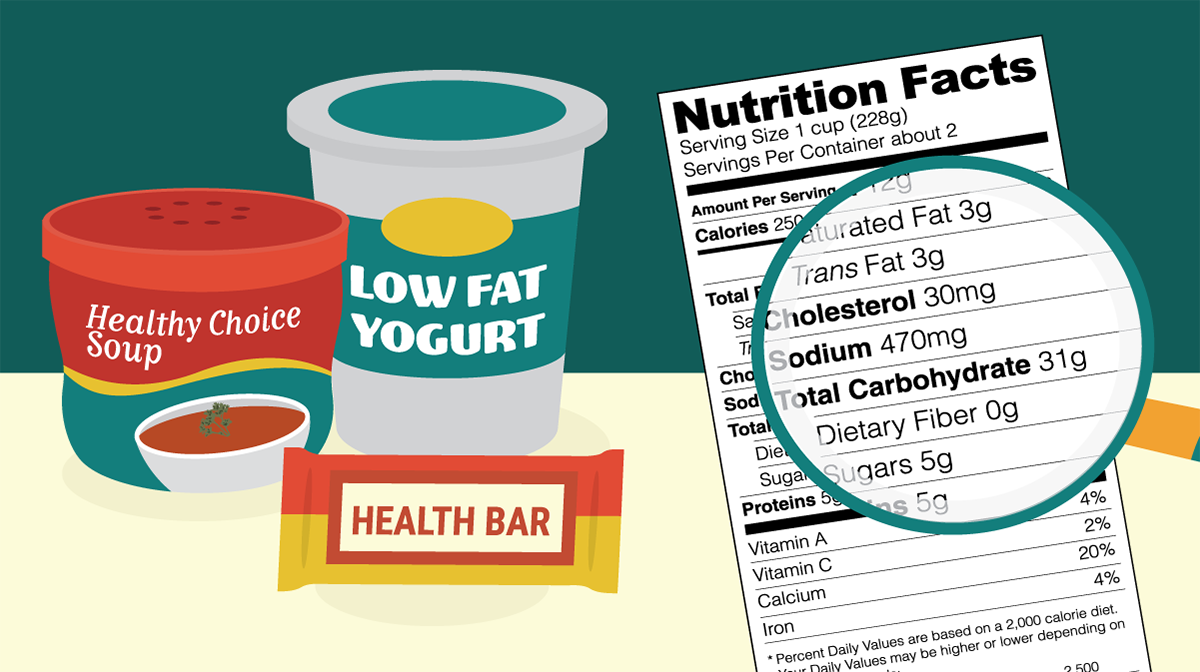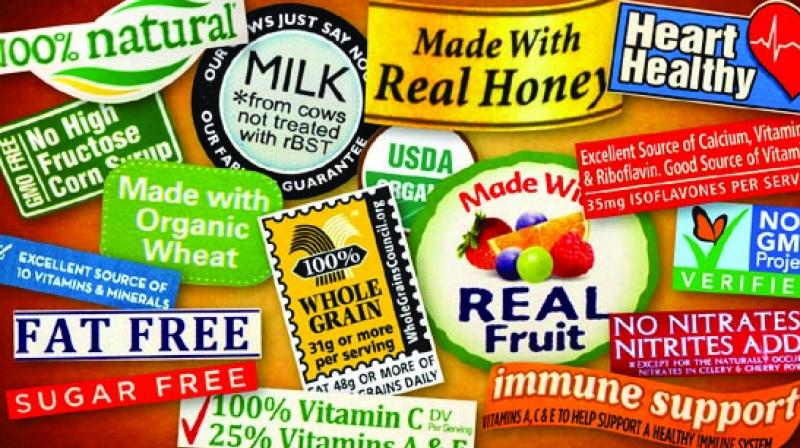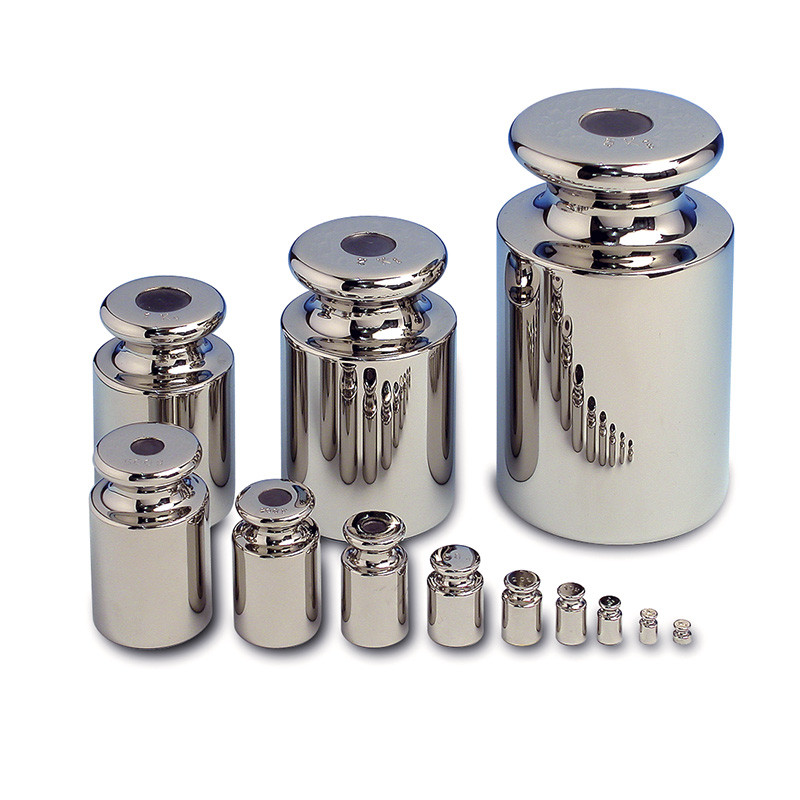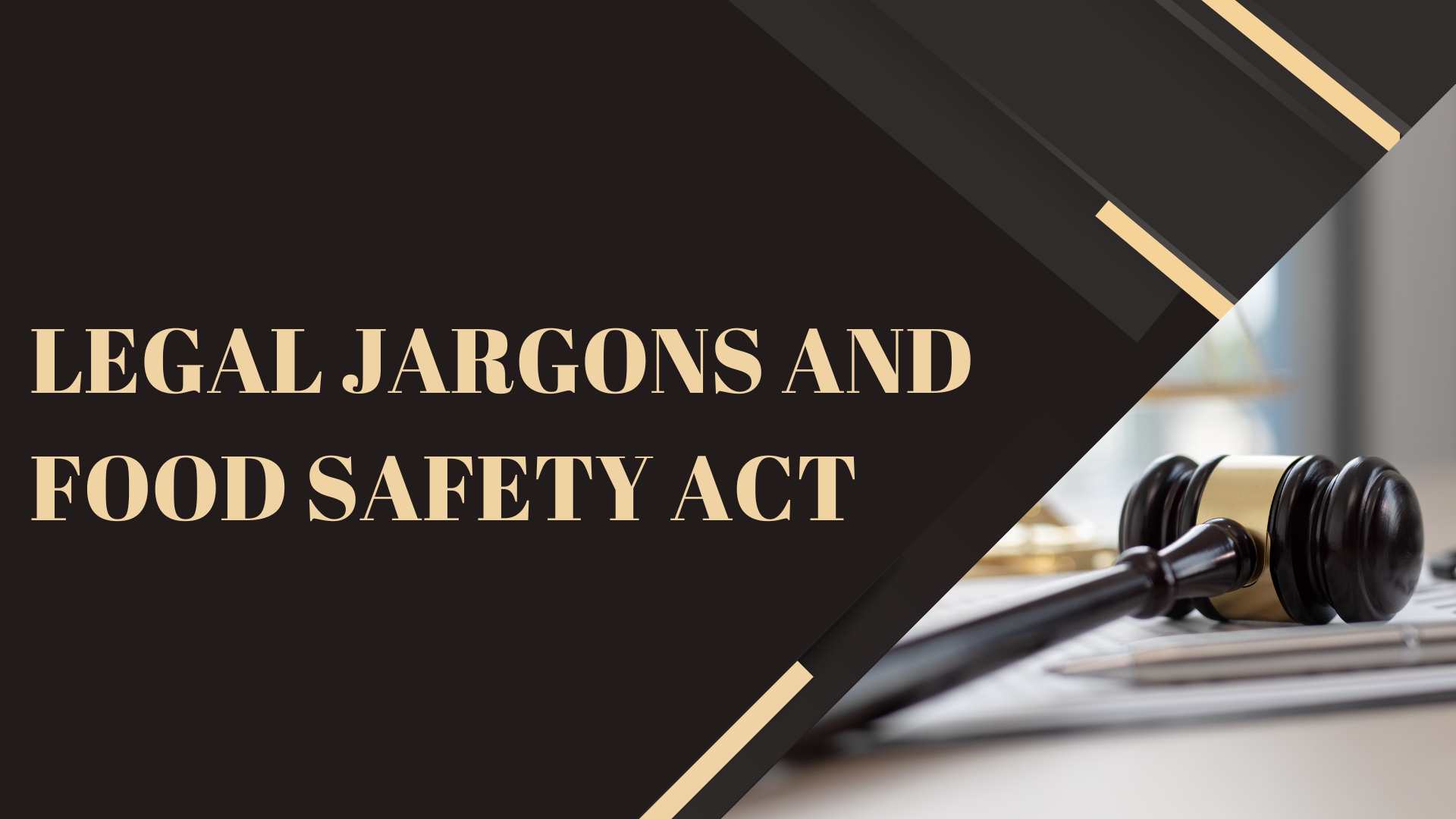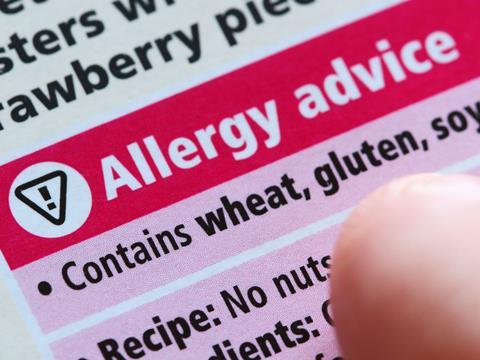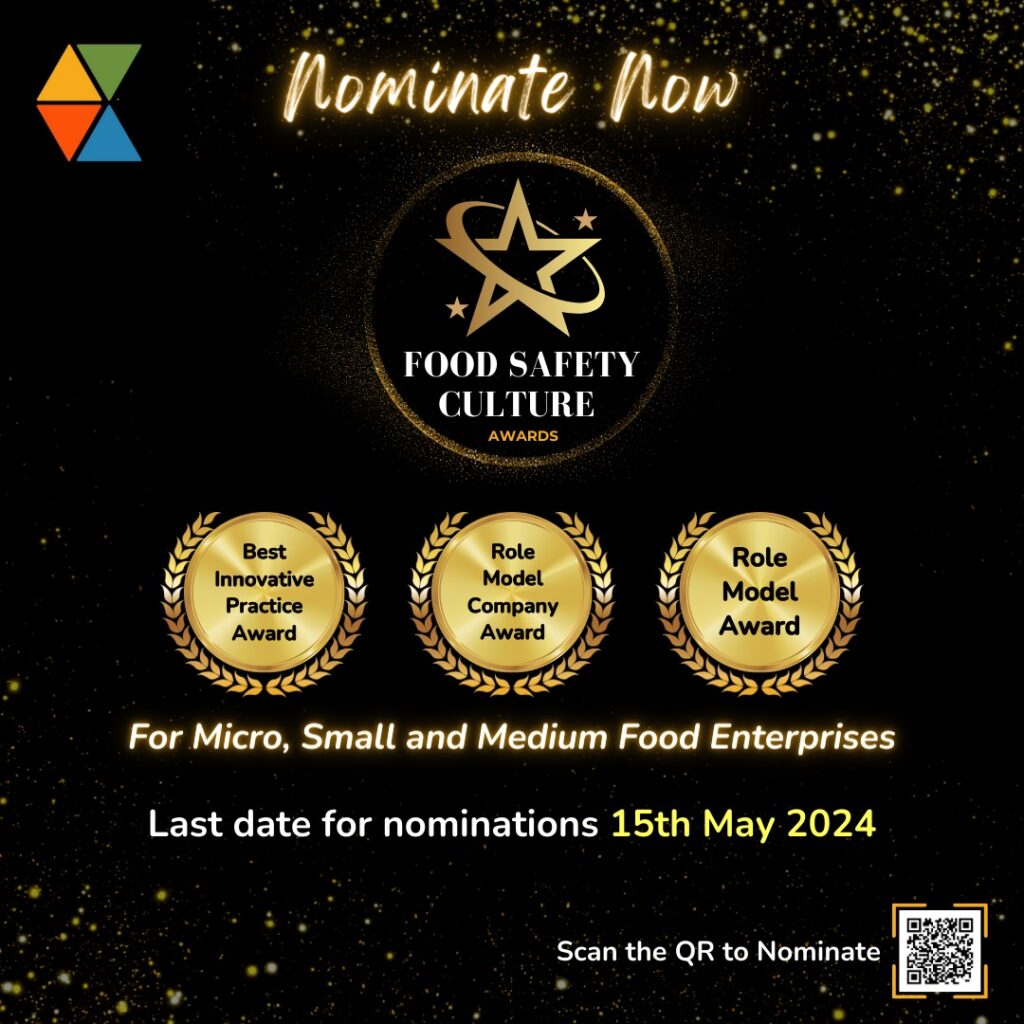Currently Empty: ₹0.00
Importance of Food Labels
Food safety is not the responsibility of a single person or the Regulatory body or the food industry alone. It is a shared responsibility between the government, producers, industry, and consumers. Food Labelling is one such legal requirement to ensure that the consumers can get a clear understanding of the food they are consuming. The label is a key communication tool between the manufacturer and the consumer, hence it should be truthful, transparent, and clearly depict what is present in the packet that the consumer intends to buy.
As a consumer, you should always read the labels before buying food products. It is very important to know how to read and understand the context for understanding what you are eating.
What should you look for on the Labels?
When you pick a product from the supermarket shelf, ensure to look for information such as ingredients list, manufacturing date, expiry/ use by date, allergen declaration, storage instructions, nutritional information, and any claims made regarding the product. All this information will let you know what kind of food you are buying and will help you make informed choices.
Date Markings:
Date markings on the food labels help the consumer to know how long the food is safe to eat. People often get confused between the terms ‘Use By’ or ‘Expiry Date’ and ‘Best Before’. Use By’ or ‘Expiry Date signifies the end period until which the product is safe to be consumed. You should not be eating any food that is past its Use-by / Expiry date, even if it looks and smells okay. Date markings help to reduce food waste.
Best Before date means that once the date has passed, the food may just lose its freshness, taste, aroma, or nutrients. But it does not necessarily mean that the food is no longer safe to eat. To decide whether the food is still edible, one should rely on the sensory aspects like taste, smell, and appearance of the product.
Hence FSSAI has now mandated declaring both the Manufacturing Date and Expiry / Use By Date on food labels. Best Before date is optional now and the manufacturer can decide whether or not to include it on the label.
There are few products like uncut fruits and vegetables, wine, chewing gum, vinegar, alcoholic beverages containing 10% or more by volume of alcohol, sugar-boiled confectionery that does not require the indication of expiry date on the label.
Ingredients and Allergen Declaration:
Except for the single-ingredient foods, you will find ingredients listed on all the food product labels. This list is in the descending order of the composition by weight or volume. You will also find the additives added to the food mentioned in this list as INS numbers or E numbers. Percentages of ingredients that are emphasized on the label through graphics, words, or pictures are also given in this list.
Food labels are important for people with food allergies or intolerance. People with food allergies may face serious health issues if they consume foods that contain an undeclared allergen. Hence it is essential to know the ingredients in a product. If not, then, you can mistakenly eat something that would cause an allergy attack, which may range from mild to very severe symptoms.
FSSAI has declared cereals containing gluten, crustaceans, milk, egg, fish, peanuts and tree nuts, soybeans, and sulfite as eight major allergens that are to be declared on the label.
Few labels have a statement “May Contain” as a part of the allergen declaration which means that there is a possibility that traces of an allergy-causing ingredient may be unintentionally present in food due to cross-contamination.

Image Source: FSSAI – https://fostac.fssai.gov.in/fostac/doc/EDIBLE%20OIL%20&%20FATS.pdf
Nutrition Labelling and serving sizes
Nutrition Information tables can be an effective instrument in helping consumers to make healthy food choices. It tells you the quantity of various nutrients the food product contains per 100 g or 100 ml as well as per serve contribution to the RDA. The % RDA (Recommended Dietary Allowance) is a reference amount of a nutrient to consume or not to exceed each day. It helps you to understand the composition of the food and also monitor the calorie intake, limit the intake of sugar, salt, fat, saturated fat, trans fat, cholesterol and consume food rich in protein and other micronutrients.
Along with nutritional information, you need to look for the serving size on the pack. These serving sizes are frequently much smaller than what people consume. This is done to deceive consumers and make them feel that the product has less sugar, calories, or fat. For Example, one serving may be given for one biscuit in a 500 g pack. If you are interested in knowing the exact nutritional value of what you’re eating, you need to multiply the serving given on the back by the number of servings you consumed.
What do the Symbols and Logos on the labels denote?
The symbols or logos on the food labels signify a particular standard or represent the true nature of the product. The few commonly seen symbols are the FSSAI logo along with the license number, veg/ non-veg logo, fortification logo on products that are fortified, food irradiation logo on products that have undergone the process of irradiation, Indian Organic logo, and Jaivik Bharath logo is seen on organic products. ISI mark certifies that the product conforms to the Standards which are laid by the BIS, Agmark symbol to assure that the agricultural products comply with the set standards.

Most Common Claims made on Labels
Claims made on the labels are the first thing that catches the attention of the consumer. Here are a few commonly made claims and what they mean
- 100% Natural: The word “Natural” shall be used to describe single ingredient food derived from a recognized source like plants, animals, or microorganisms that have been subjected to only such processing methods that makes the product fit for consumption.
- Pure: A product claimed as “Pure” shall be a single ingredient food that has nothing added to it.
- Rich in Nutrients: It means that the food is naturally rich in certain nutrients or at times some nutrients are added to enrich the product. If any claims like “Rich” or “High” in nutrients have been made, then the nutrition table should contain the amount of the claimed nutrient and the per-serve contribution to RDA.
- Fat-Free: It means the product has less than 0.5 g of fat per 100 g for solids or 100 ml for liquids.
- Trans Fat-Free or Zero Trans Fat: The food contains less than 0.2g trans fat per 100 g or 100ml of food
- Sugar-Free: The product has less than 0.5 g of sugars per 100 g for solids or 100 ml for liquids.
- No Added Sugar: It means sugars of any type like sucrose, glucose, honey, molasses, corn syrup are not added to the product as an ingredient. However, it does not mean that there is no sugar naturally occurring in it. Naturally occurring sugars are Lactose (milk and milk products), glucose (fresh, dried, and cooked fruits, honey, and most vegetables), fructose (honey, fruit, and fruit juices), and sucrose (sugar extracted from beet or sugar cane.
Knowing how to read food labels helps you make informed food choices and also assures that you get more value for your money and protects you from misleading claims.

Meera V. is a Food Technologist and goes to quite an extent to tell the food businesses what they can do to improve food safety and hygiene. She is a Senior Associate Consultant at Food Safety Works and regularly audits food businesses to check on their compliance and also plays a crucial role in the regulatory and compliance team.


